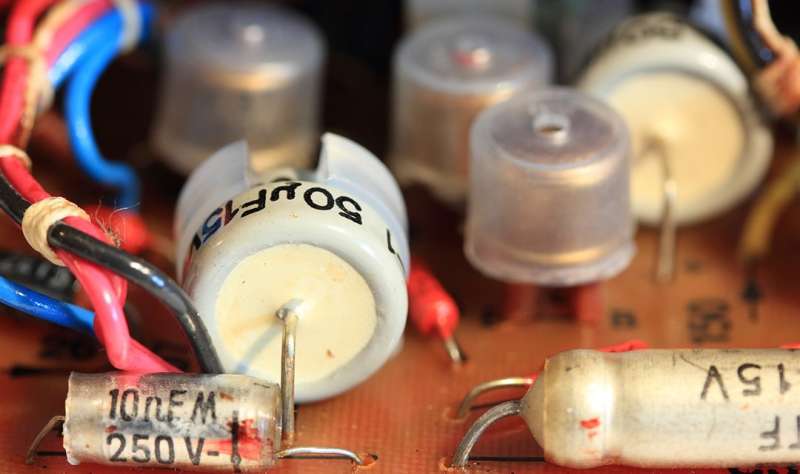Moore's law has ended. What comes next?

The speed of our technology doubles every year, right? Not anymore.
We've come to take for granted that as the years go on, computing technology gets faster, cheaper and more energy-efficient.
In their recent paper, "Science and research policy at the end of Moore's law" published in Nature Electronics, however, Carnegie Mellon University researchers Hassan Khan, David Hounshell, and Erica Fuchs argue that future advancement in microprocessors faces new and unprecedented challenges.
In 1965 R&D Director at Fairchild (and later Intel co-founder) Gordon Moore predicted continued systemic declines in cost and increase in performance of integrated circuits in his paper "Cramming more components onto integrated circuits." This trend, later coined Moore's Law, held for over 40 years, making possible a "dazzling array" of new products from intercontinental ballistic missiles to global environmental monitoring systems and from smart phones to medical implants.
"Half of economic growth in the U.S. and world-wide has also been attributed to this trend and the innovations it enabled throughout the economy," says Engineering and Public Policy Professor Erica Fuchs.
In the seven decades following the invention of the transistor at Bell Labs, warnings about impending limits to miniaturization and the corresponding slow down of Moore's Law have come regularly from industry observers and academic researchers. Despite these warnings, semiconductor technology continually progressed along the Moore's Law trajectory. Khan, Hounshell, and Fuchs' archival work and oral histories, however, make clear that times are changing.
"The current technological and structural challenges facing the industry are unprecedented and undermine the incentives for continued collective action in research and development," the authors state in the paper, "which has underpinned the last 50 years of transformational worldwide economic growth and social advance."
As the authors explain in their paper, progress in semiconductor technology is undergoing a seismic shift driven by changes in the underlying technology and product-end markets. Achieving continued performance improvements through transistor miniaturization has grown increasingly expensive and the emergence of new end-markets has driven innovation in more specialized domains. As such, in recent years there has been a splintering of technology trajectories, such that the entire industry moving in lock-step to Moore's Law is no longer of economic benefit to all firms. Examples in the paper include search companies (such as Microsoft Bing) using field-programmable gate-arrays in data centers as accelerators in conjunction with CPUs, and Google's announcement of proprietary 'tensor-processing unit' chips developed in-house for its deep-learning activities.
"While these innovations will drive many domain-specific advances, to continue advancing general purpose computing capabilities at reduced cost with economy-wide benefits will likely require entirely new semiconductor process and device technology." explains Engineering and Public Policy graduate Hassan Khan. "The underlying science for this technology is as of yet unknown, and will require significant research funds – an order of magnitude more than is being invested today."
The authors conclude by arguing that the lack of private incentives creates a case for greatly increased public funding and the need for leadership beyond traditional stakeholders. They suggest that funding is needed of $600 million dollars per year with 90% of those funds from public research dollars, and the rest most likely from defense agencies.
In terms of allocating those funds, they argue for pursuing two avenues in parallel: A research institute with academics and government program managers as key players, that also engages industry players across the computing technology stack; coupled with a semi-coordinated government funding effort focused on the next generation of transistor technology across all government agencies, such as was undertaken in the case of the National Nanotechnology Initiative, in which key program managers met weekly to discuss initiatives and share insights.
More information: Hassan N. Khan et al. Science and research policy at the end of Moore's law, Nature Electronics (2017). DOI: 10.1038/s41928-017-0005-9




















